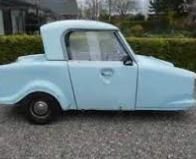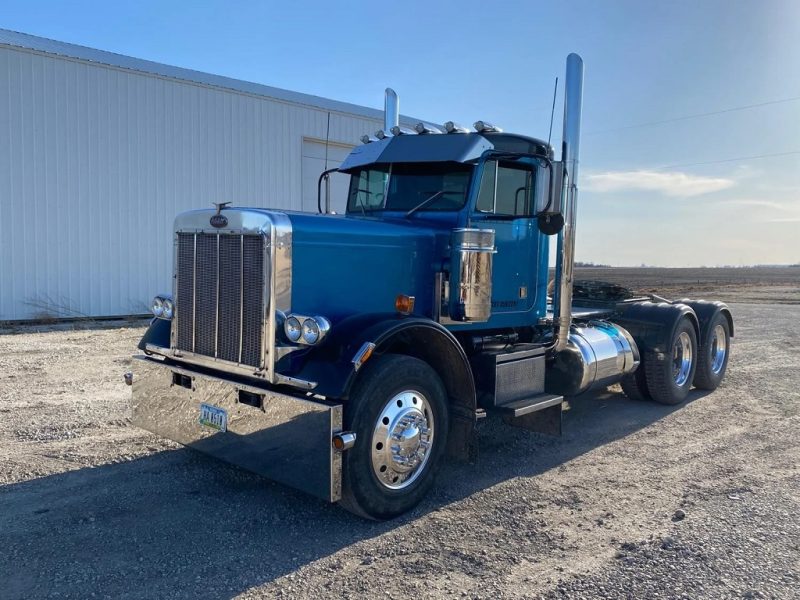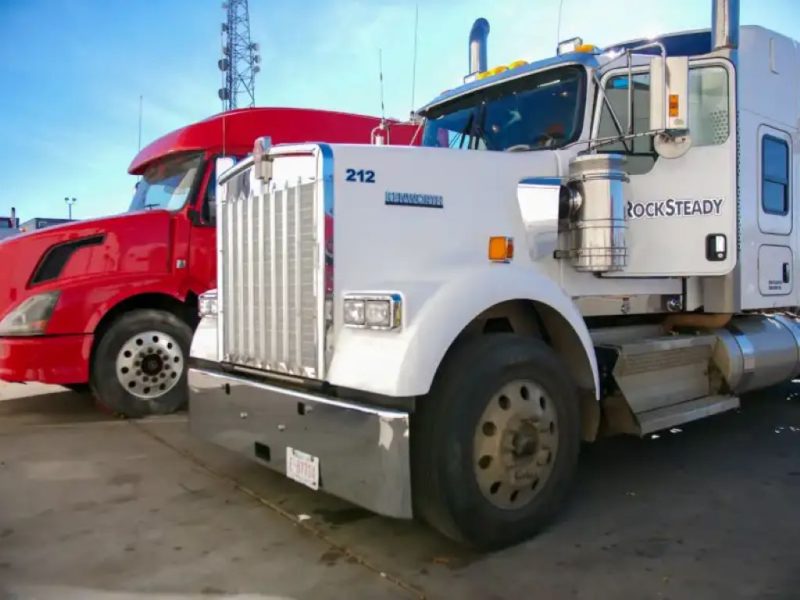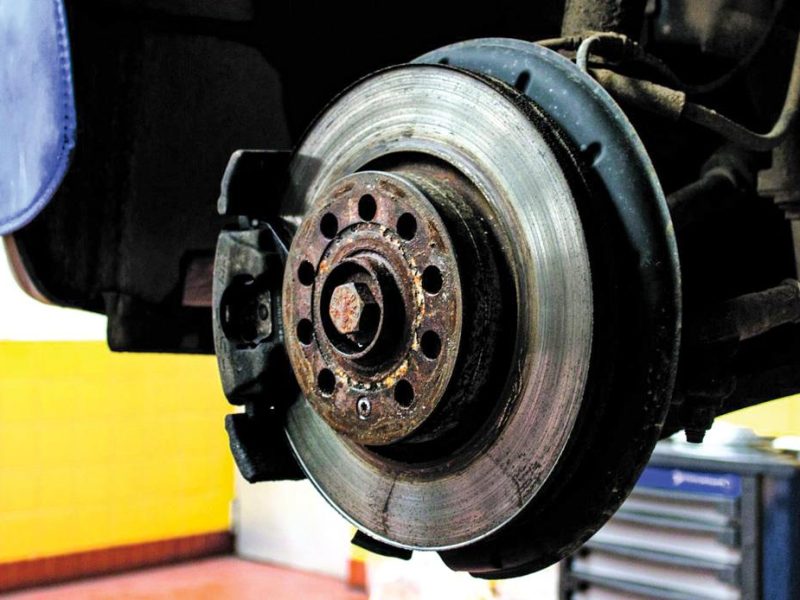Allowing people with disabilities to be more mobile on the street and the road has been a feature of great innovation and forward-thinking by many people through the centuries. We are now in a position where wheelchair users can access constructed regular road vehicles that they can use by themselves or be transported to places with the rest of the family. WAV Vehicles are one of the many examples of what has been developed over time. Here are some notable examples of the development of these WAV Vehicles.

The first real attempts to make my support accessible to disabled people are the hand-cranked mobility chairs that were developed in Victorian times. Relying on the disabled person’s power gave them greater independence as opposed to being pushed everywhere.

As the motor car began to be developed there were soon changes made to conventional vehicles so that disabled people could either use them or there was provision made for them in the vehicle itself.
The first examples of these hand-operated systems were to work the brakes and acceleration.
By the mid-20th century, specific three-wheeled vehicles were developed so that disabled wheelchair users could enter the vehicle and drive it themselves without any need for further assistance. However, these were extremely noticeable on the road and so set Apart for disabled people from regular road users. Modern thinking has been able to adapt existing makes and models so that they outwardly do not appear to be different from standard road vehicles.






